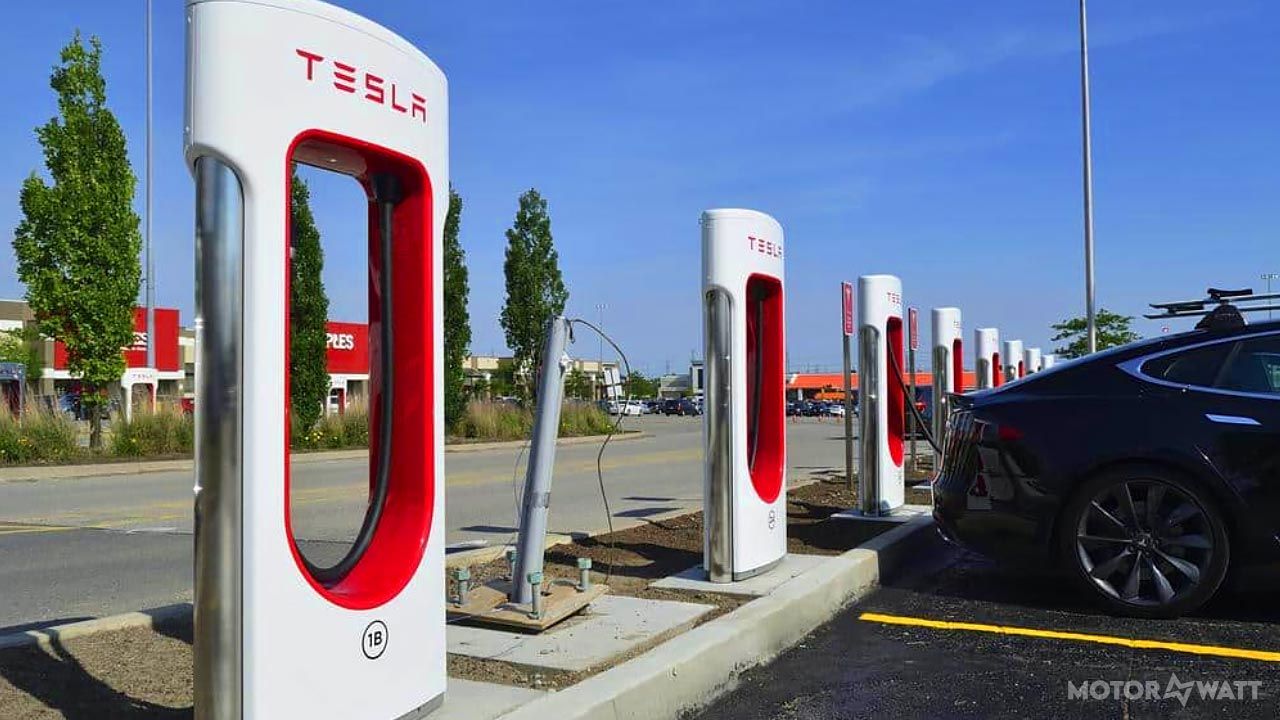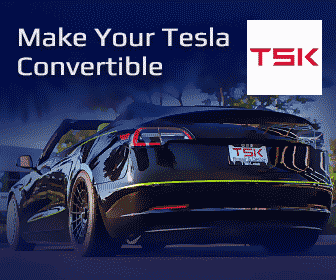National Electric Vehicle Infrastructure: The Funding Freeze That Shocked the EV Industry
Share this article in Social Media:

The grand plan to build a national network of EV chargers under the NEVI program has hit a rather massive speed bump. With billions already earmarked to ease "range anxiety" and boost EV adoption, the Trump administration has slammed the brakes, suspending all new funding. Now, states, automakers, and environmental groups are scrambling to figure out what happens next. Is this a sensible cost review or a politically charged roadblock? Let's break it down.
What Is the National Electric Vehicle Infrastructure (NEVI) Program?
The NEVI program was born out of the 2021 Bipartisan Infrastructure Law with a singular mission: to make EV charging stations as common as petrol pumps. The federal government planned to pump $5 billion over five years into building a seamless national charging network, especially along highways and in underserved areas.
- Designed to reduce "range anxiety" for EV drivers.
- Targeted major highways and rural locations where chargers are scarce.
- Aimed to accelerate EV adoption by making charging more accessible.
- Required states to submit detailed infrastructure plans for funding approval.
The NEVI Funding Freeze: What Happened?
On February 7, 2025, the Trump administration made a rather controversial move—halting all new funding for NEVI. This came via a memo from the Federal Highway Administration (FHWA) instructing states to stop approving new EV charging projects immediately.
- All new funding obligations were suspended pending a policy review.
- States were told to halt new EV infrastructure plans but could continue existing projects.
- The administration cited concerns over cost-effectiveness and excessive federal spending.
- There’s also a clear shift toward prioritizing fossil fuel production over EV subsidies.
Why Did the Trump Administration Freeze NEVI Funds?
According to the administration, this was about reviewing how taxpayer dollars were being used. But was it really? Here’s what they claim:
- Concerns over inefficiency—some claim federal spending on EV charging isn’t cost-effective.
- A push to reduce government intervention and let the private sector handle EV infrastructure.
- A broader strategy to support fossil fuel industries, which the administration has openly favored.
- Trump’s repeated claims that EV subsidies are a waste of taxpayer money.
Of course, critics argue that this is less about efficiency and more about politics—after all, rolling back climate initiatives is a signature move of Trump’s policy playbook.
The Legal and Political Firestorm
If the goal was to stir the pot, mission accomplished. Within days, lawsuits were flying, political tempers flared, and automakers were left fuming.
- Several states with major EV investments are suing the federal government over the funding freeze.
- Democrats and environmental groups argue this move is a direct attack on clean transportation.
- Even some Republicans are unhappy—especially those who backed the infrastructure law.
- Automakers like Tesla and Rivian are warning that this will slow EV adoption and hurt sales.
Meanwhile, social media is ablaze with debates—half cheering the pushback on federal spending, the other half fuming over what they see as another setback for clean energy.
Impact on the EV Industry and Consumers
This funding freeze isn’t just a policy change—it’s a gut punch to the entire EV ecosystem.
- Investment in charging networks is now in limbo, with some projects facing cancellation.
- Uncertainty could scare off private investors who were counting on federal support.
- EV sales could take a hit if buyers fear a lack of charging infrastructure.
- Small businesses involved in EV infrastructure may struggle with stalled projects.
The bigger question: Will consumers start second-guessing EV purchases? After all, range anxiety doesn’t disappear if charging stations aren’t being built.
What Happens Next? The Future of NEVI
So, is this the end of NEVI? Not necessarily. The administration has hinted that new guidelines could be announced by spring. But will they restore funding, or will they gut the program entirely?
- There could be a modified version of NEVI with different funding rules.
- Congressional pushback may lead to legal efforts to reinstate the program.
- Some states might bypass federal funding and push ahead with their own EV infrastructure.
- Private companies may step in if the government steps out.
One thing’s certain: the debate over government-backed EV infrastructure is far from over.
Final Thoughts: Is America’s EV Future in Trouble?
The NEVI program was supposed to supercharge America’s EV infrastructure, but politics have thrown a spanner in the works. If funding stays frozen, it could slow down EV adoption, undermine consumer confidence, and leave gaps in the charging network. But if legal challenges succeed or new policies emerge, there’s still hope for keeping the momentum alive. The question now is: will the government backtrack, or will the private sector step up? Buckle up, because the road ahead looks bumpy.


